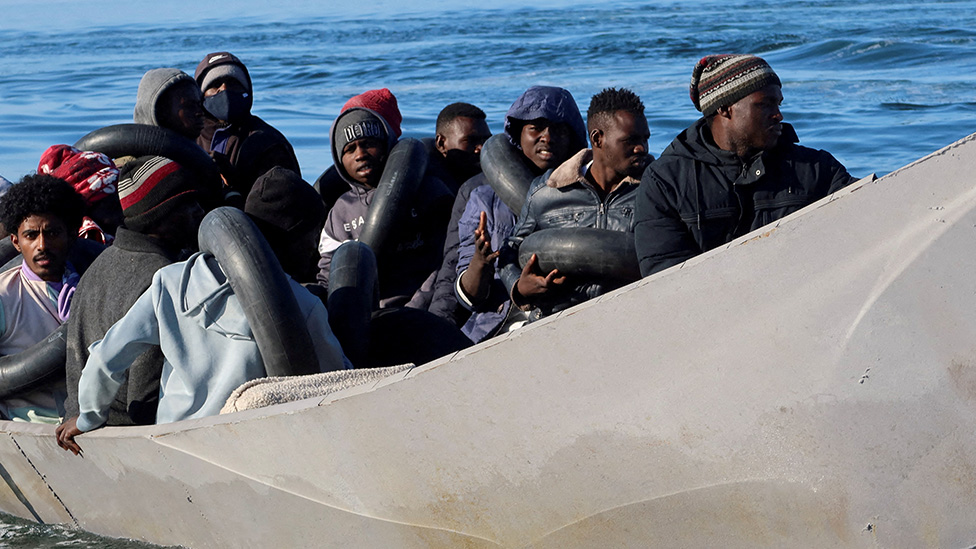About Us
Contact Us
Advertise With Us
Disclaimer
Privacy Policy
Terms & Conditions
Copyright © 2024 - BoldDiscussions.com

Just over a decade after a boat carrying migrants from Libya to Italy tragically sank near Lampedusa, another vessel capsized in the same waters, claiming the lives of nine people, including a baby. This latest tragedy occurred on the very same day the European Parliament approved a new package of migration and asylum laws. While intended to be a solution, experts fear these laws could worsen the plight of migrants and lead to even more deaths at sea.
The EU's Grand Migration Plan
This landmark pact, years in the making, aims to overhaul the EU's approach to immigration. Key features include:
A History of Deteriorating Conditions
Despite international law requiring the rescue of people in distress at sea, the reality has been grim. Search and rescue operations have faced increasing hostility from EU member states in recent years. Rescue ships operated by NGOs have been forced to travel vast distances to disembark migrants, wasting valuable resources and time.
Why Experts Fear the Pact Could Make Things Worse
Several aspects of the new pact raise concerns:
A Push Towards More Dangerous Routes
Stricter border controls and detention systems could push migrants towards even more perilous journeys, exposing them to increased violence and exploitation by smugglers. This, in turn, could embolden these criminal networks to further exploit desperate individuals.
The Mediterranean: A Graveyard in the Making?
The pact, while aiming to solve the migration crisis, might inadvertently create more problems. With thousands of lives already lost at sea, the potential for further tragedies under these new regulations is a chilling prospect.
Instead of focusing solely on border control, the EU needs a more humane approach that prioritizes search and rescue efforts, ensures clear responsibilities, and avoids partnerships with countries with questionable human rights records. Only then can we hope to prevent the Mediterranean from becoming an even larger graveyard for those seeking a better life.
Disclaimer.
This article provides information only and should not be construed as advice. It is provided without warranty of any kind. Also please note that content on this platform may be subject to copyrighted material. If you believe we have used your content in any way then please get in touch with us. We will take down your content immediately.
Share This Post





BOLDDISCUSSIONS
We Produce Content That informs, Educates And Entertains People Around The World to stay updated on every topic with confidence.
Copyright © 2024 – BoldDiscussions.com

